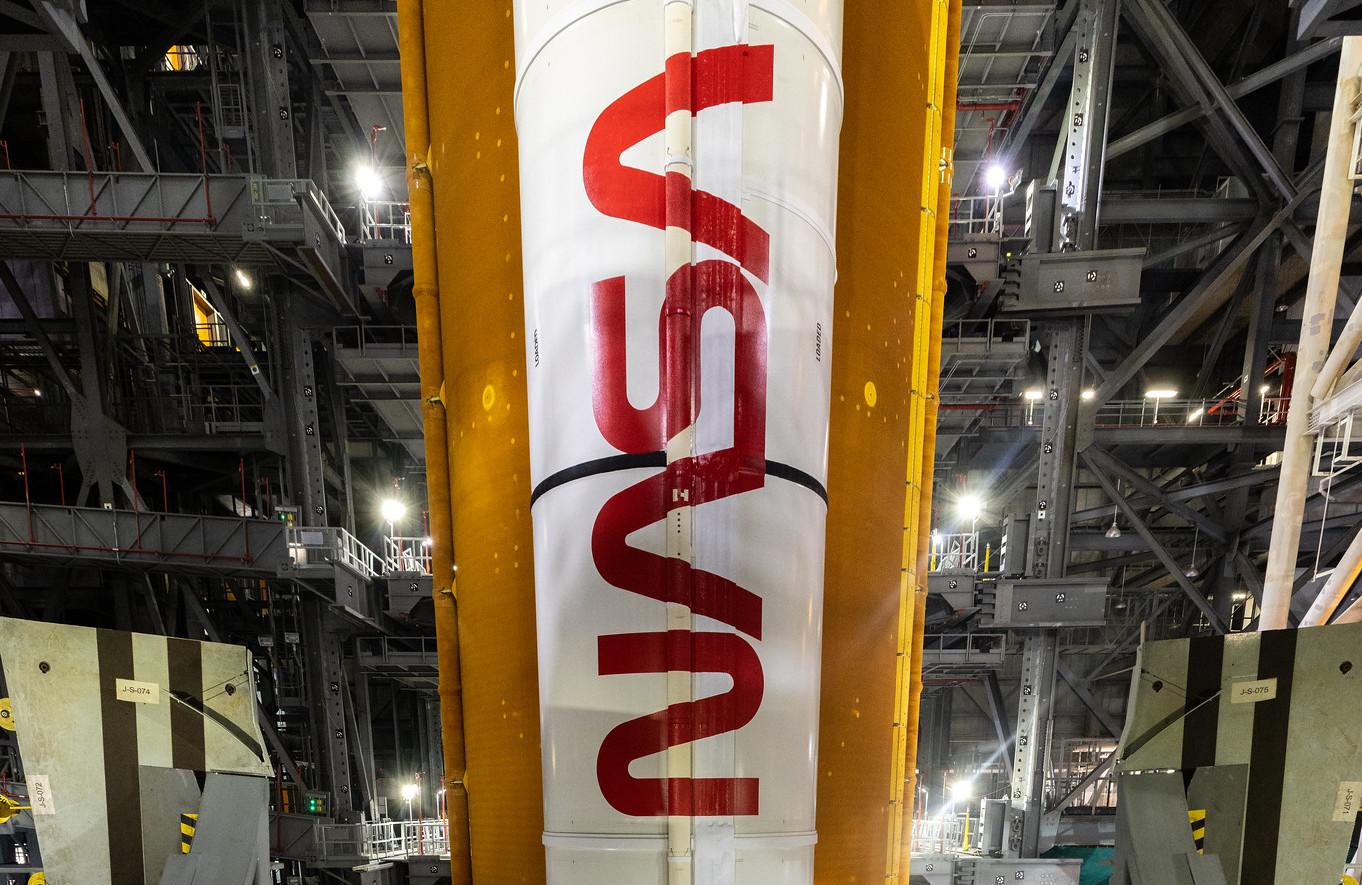
CAPE CANAVERAL—Technicians have installed and tested the flight termination system on the Space Launch System (SLS) rocket, kicking off a 25-day clock for launch attempts for the Artemis I flight test.
The SLS and Orion spacecraft are now scheduled to roll out from the Kennedy Space Center Vehicle Assembly Building (VAB) to Launch Complex 39B on Aug. 16—two days earlier than previously planned—with first motion targeted for 9 p.m., if weather conditions are acceptable, NASA said on Aug. 15.
Rollout sets the stage for an SLS launch attempt at 8:33 a.m. EDT on Aug. 29, with backup opportunities on Sept. 2 and Sept. 5.
Following testing of the flight termination system over the weekend, the crawler-transporter was rolled inside the VAB and positioned beneath the SLS rocket and Orion spacecraft on Aug. 15.
“Teams are currently working to prepare the integrated stack for rollout,” NASA noted on its website.
NASA and the U.S. Space Force’s Eastern Range last week agreed to extend the certification of the SLS flight termination system from 20 to 25 days before a retest is necessary. With the waiver, NASA will have three attempts to launch the SLS on its debut flight, the purpose of which is to send an uncrewed Orion spacecraft into a distant retrograde lunar orbit for a shakedown cruise ahead of a crewed flight test in 2024.
“Our team went to the range and showed them the qualification data for the batteries, which far exceeded the 25 days. They agreed that 25 days was acceptable for this launch period,” John Shannon, SLS program manager for prime contractor Boeing, told Aerospace DAILY.
The battery certification issue will be moot once NASA switches to an automated flight termination system for the SLS, expected on Artemis IV. “We may have it on in a shadow mode in a flight or two before that,” Shannon added.





